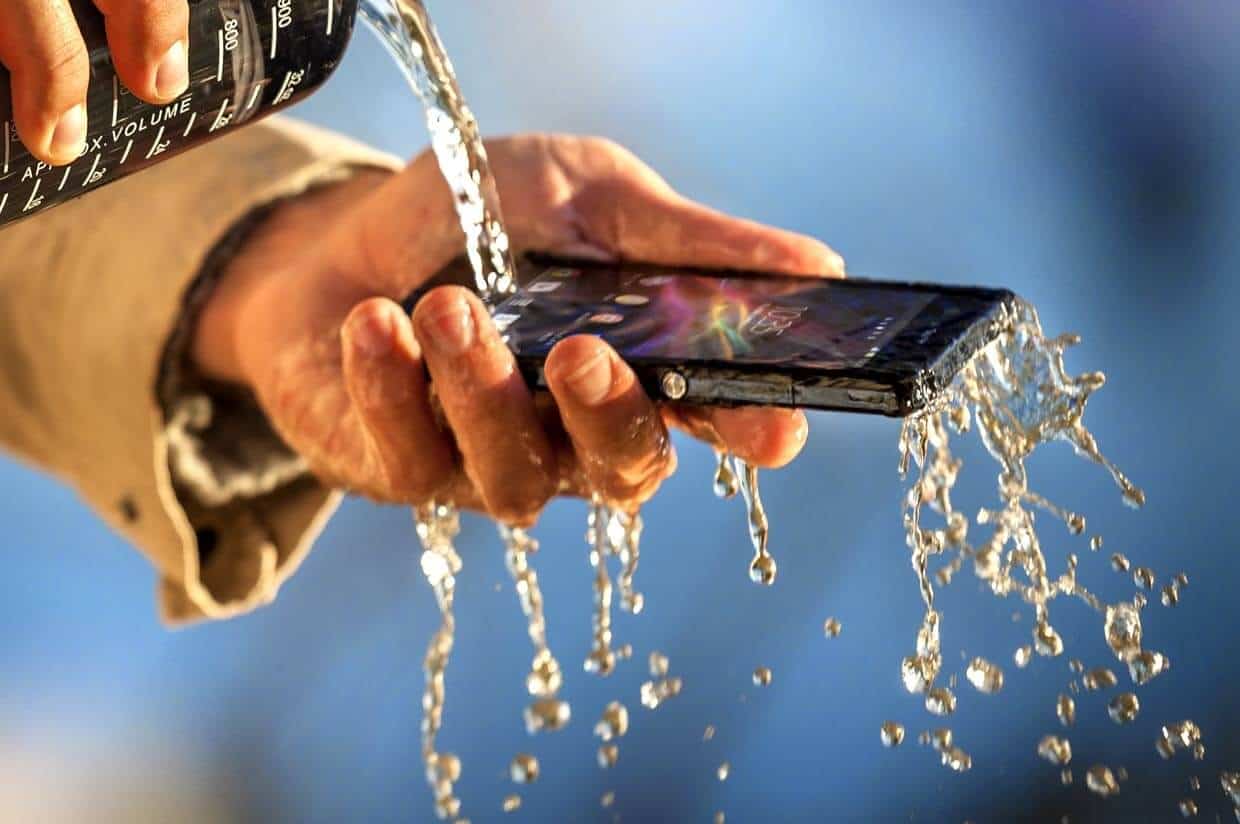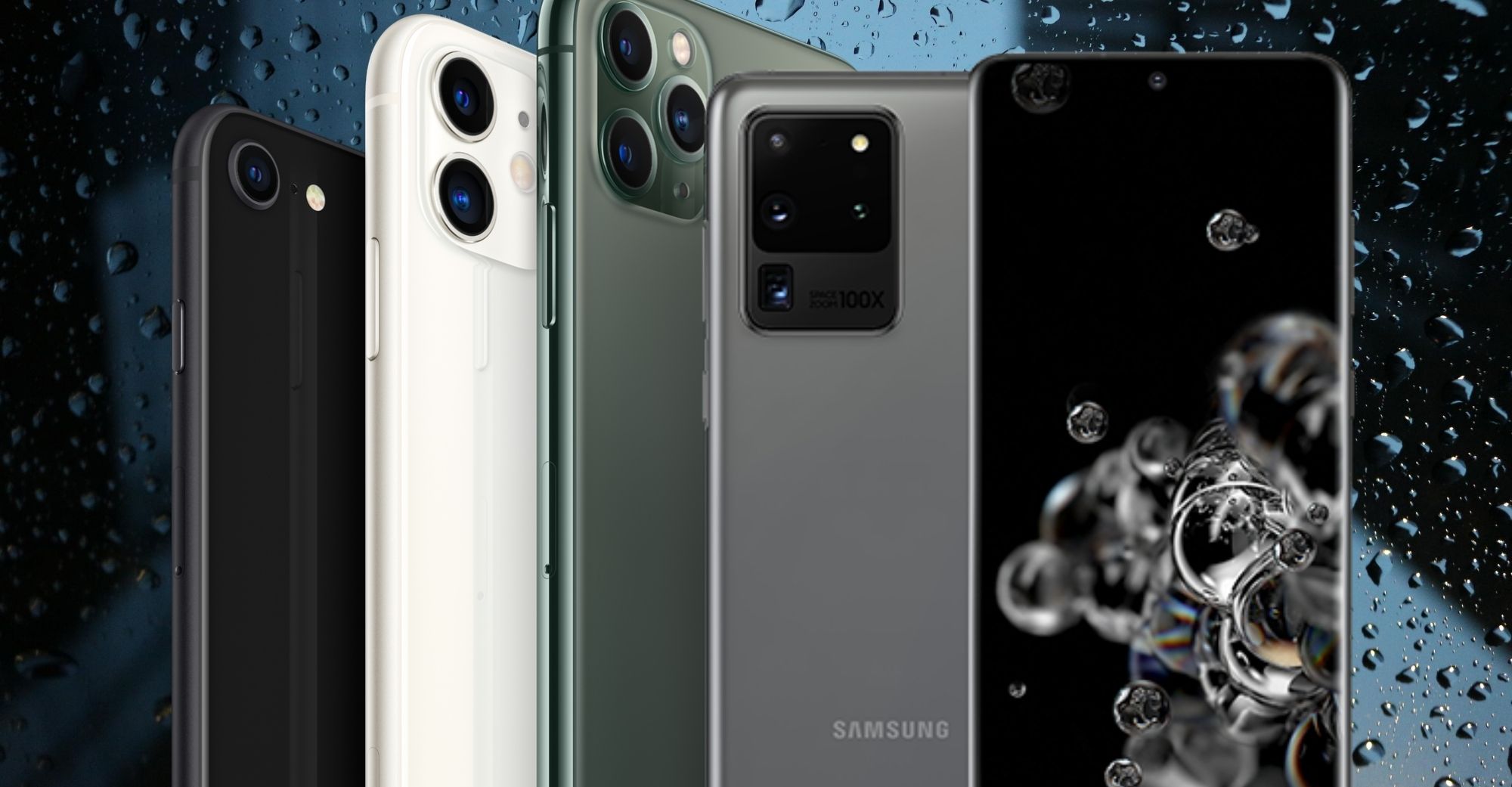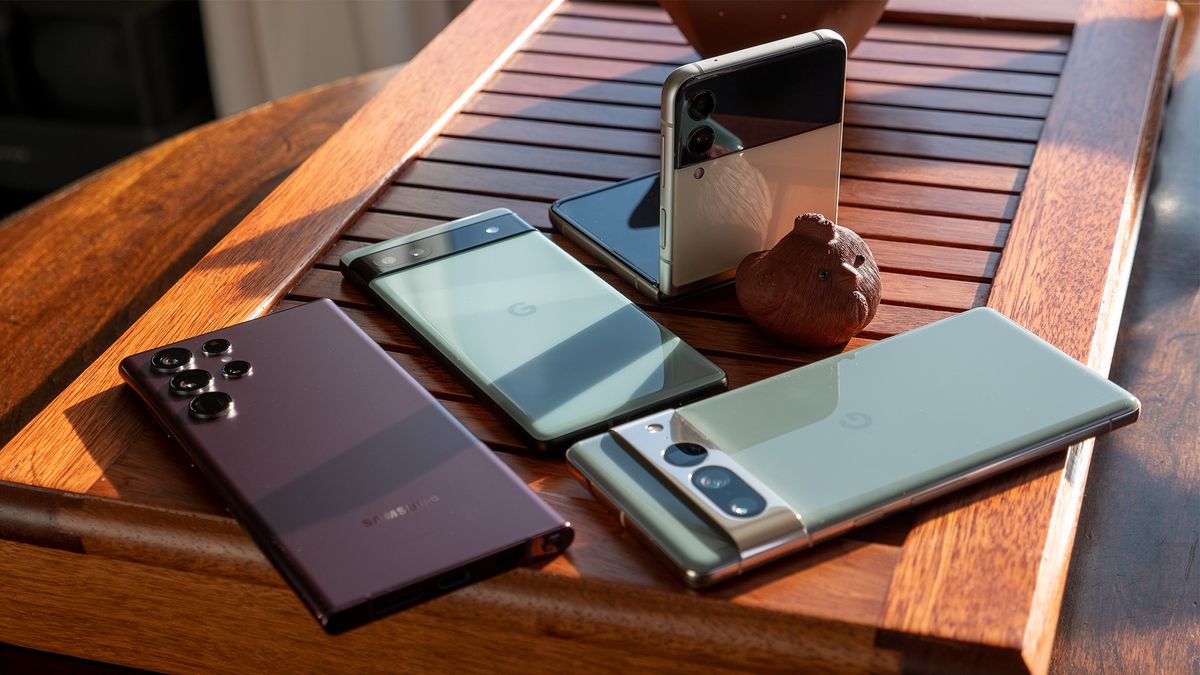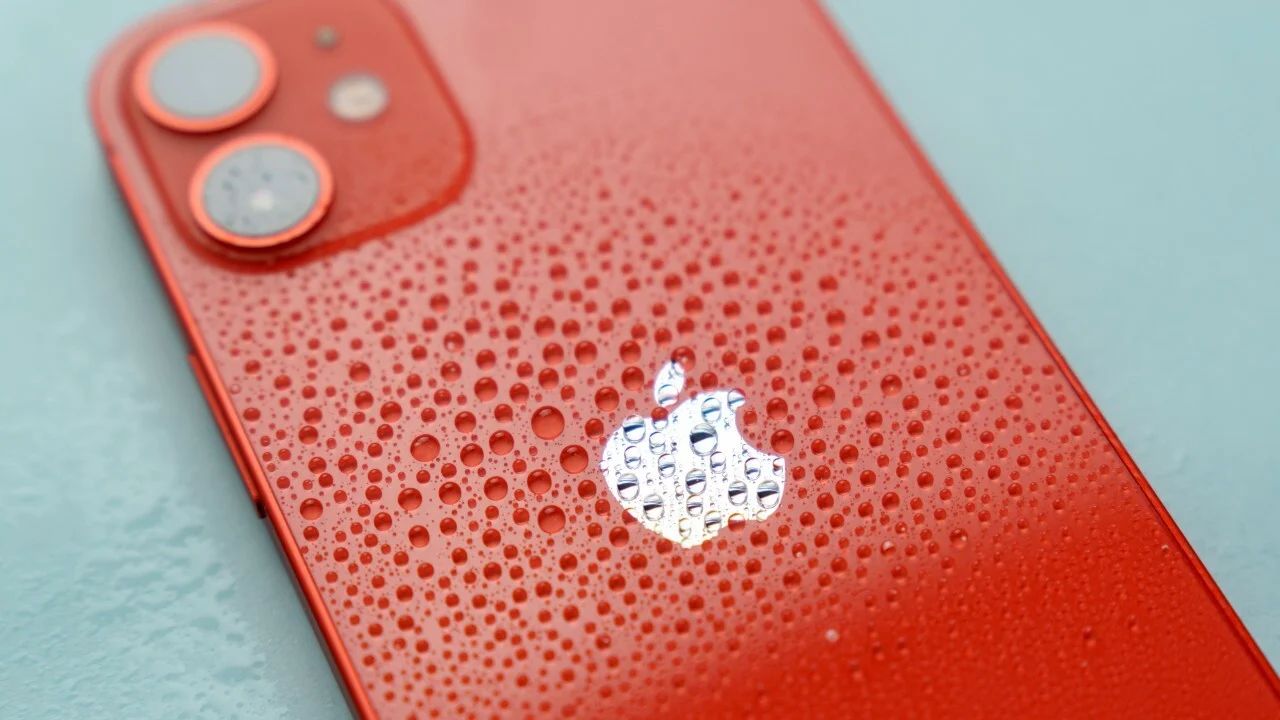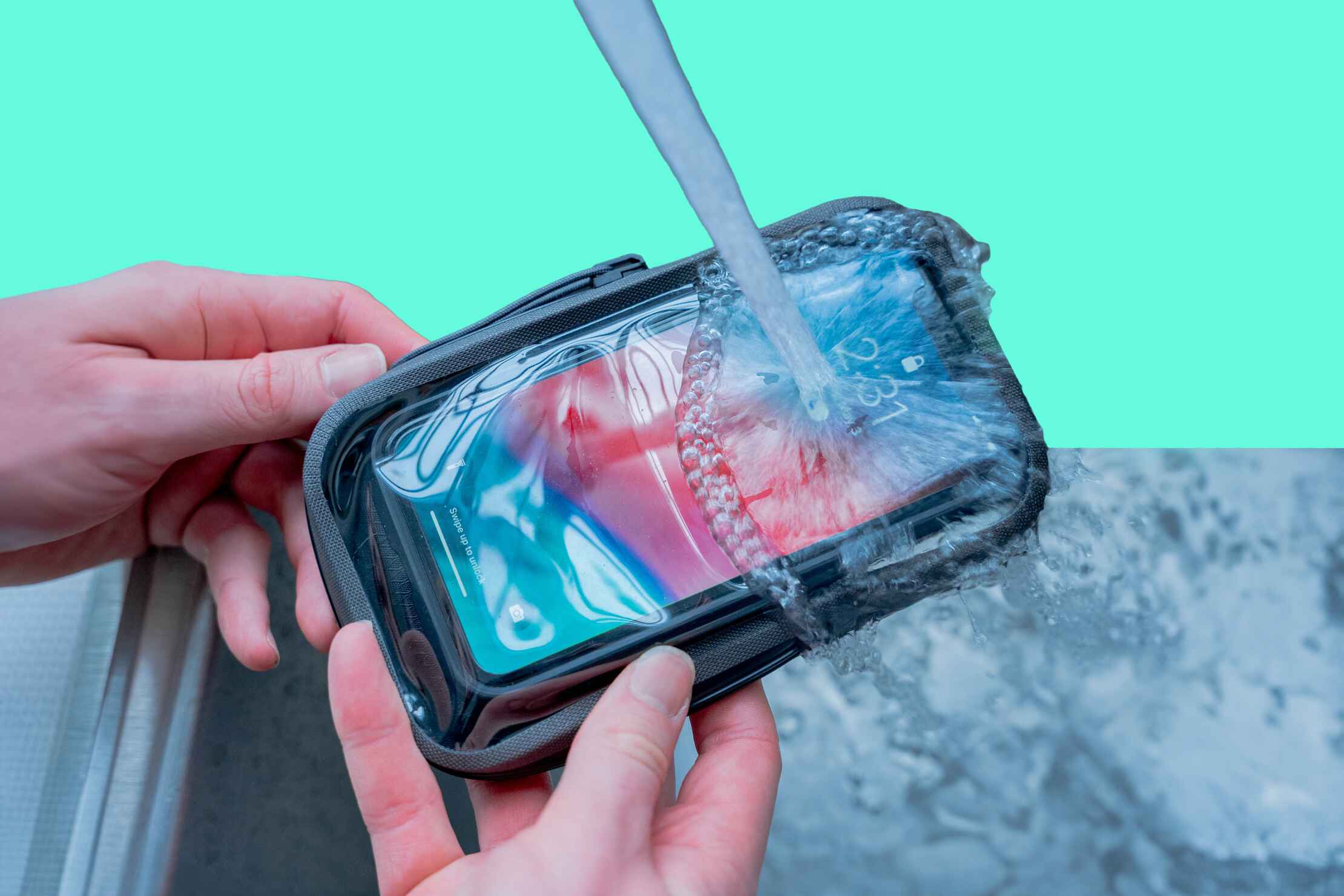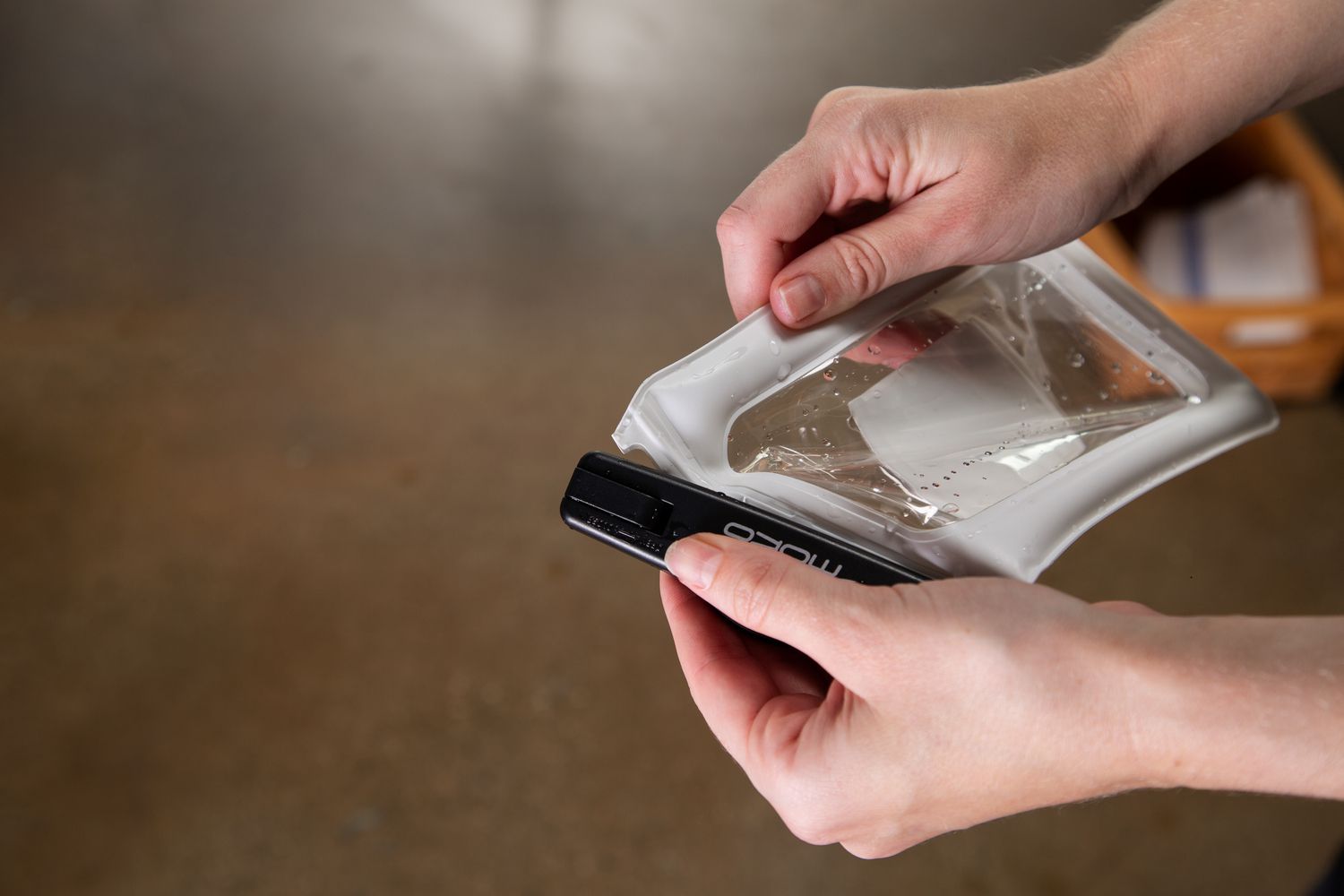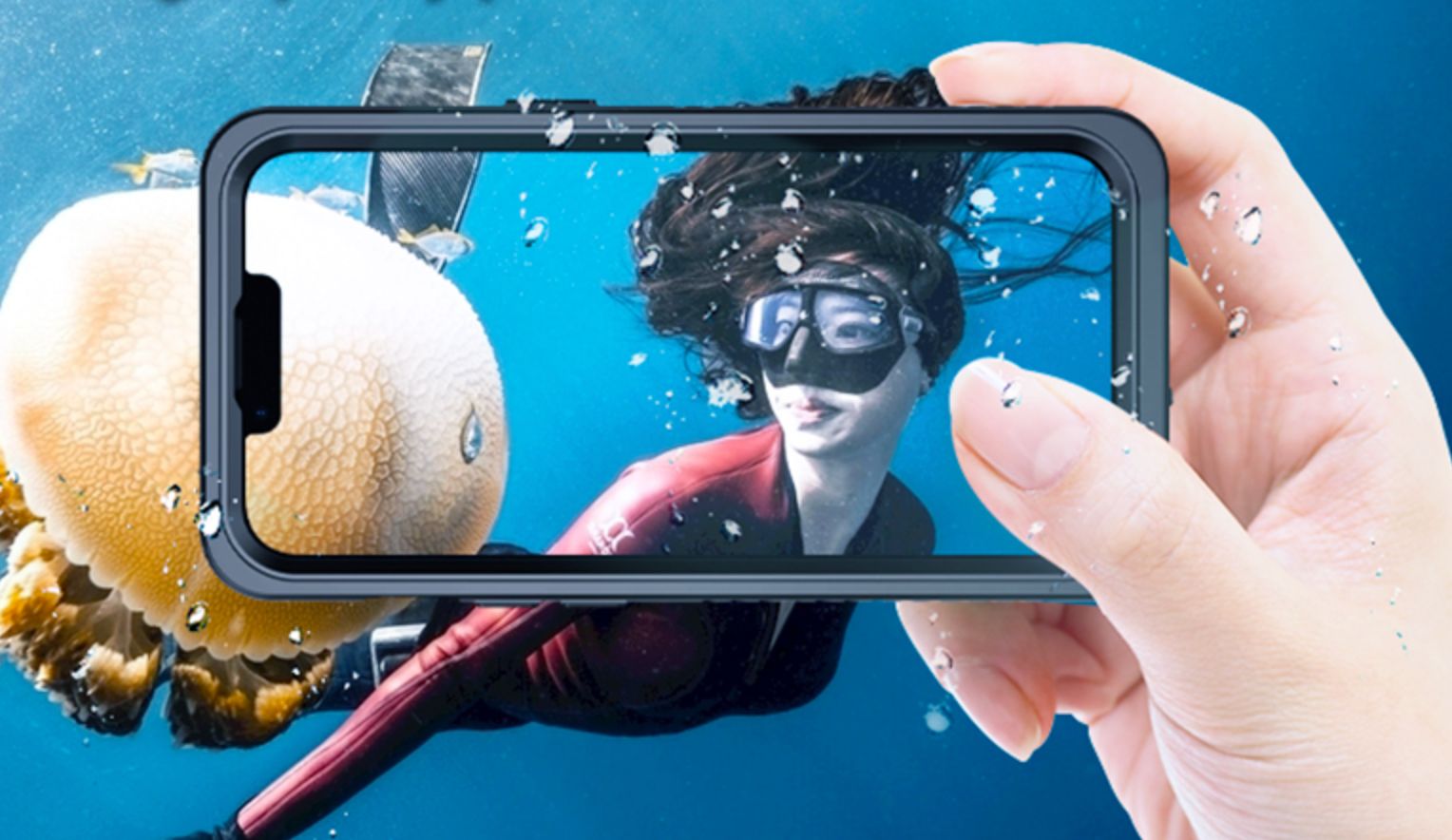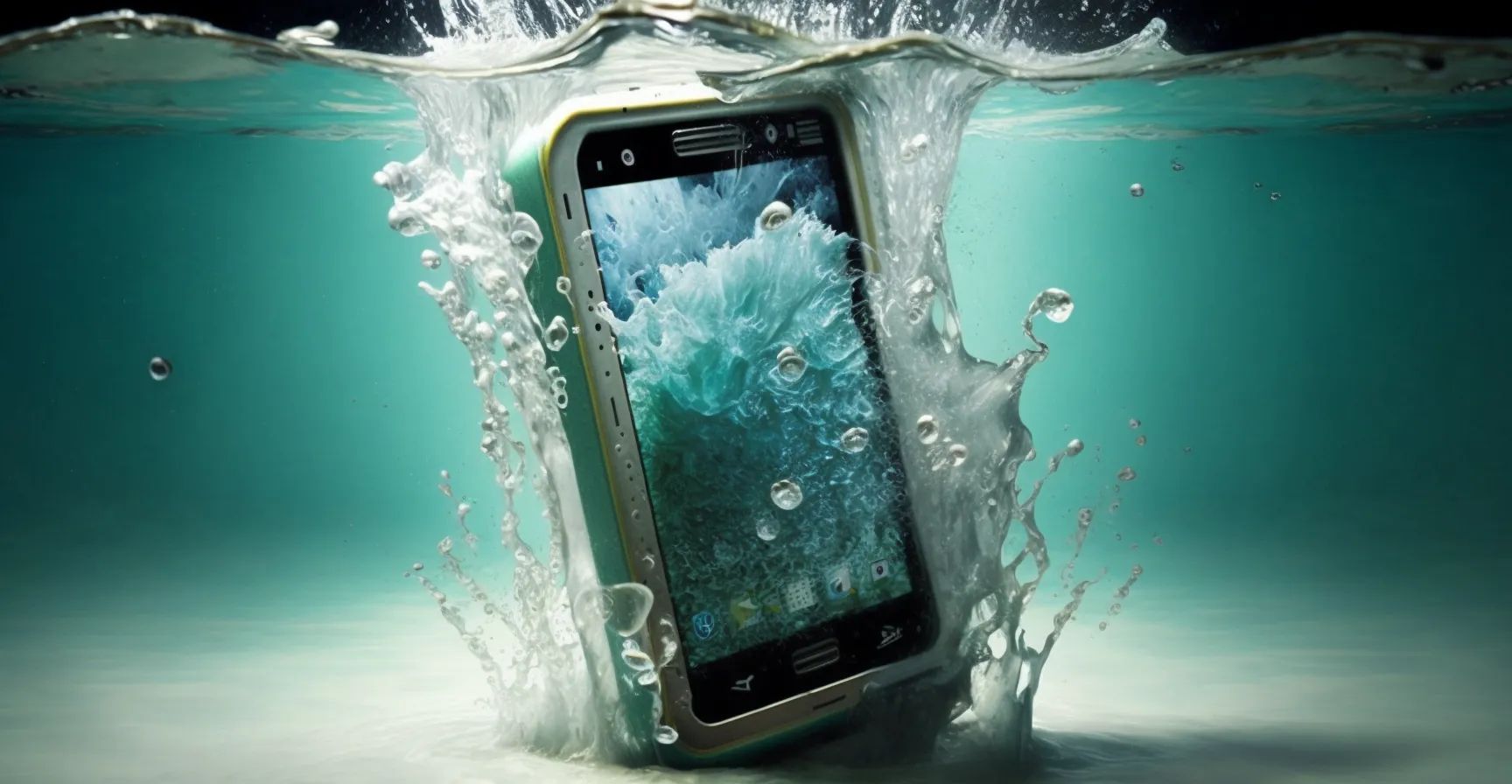Introduction
Waterproof phones have become increasingly popular due to their ability to withstand exposure to water. Whether you’re an adventure enthusiast seeking a reliable device for outdoor activities or simply someone prone to accidental spills, understanding the duration of underwater survival for waterproof phones is crucial. This knowledge empowers users to make informed decisions when selecting a device that meets their specific needs.
Waterproof phones are designed to resist water damage, making them suitable for various environments, including aquatic activities, rainy weather, and even accidental submersion in water. However, the degree to which these devices can withstand water exposure varies, and it’s important to comprehend the factors that influence their underwater survival capabilities.
In this article, we will delve into the intricacies of underwater survival for waterproof phones, exploring the factors that affect their resilience, the testing and certification standards that validate their waterproofing claims, and valuable tips for maximizing their survival in aquatic environments. By gaining a comprehensive understanding of these aspects, users can make informed decisions when choosing a waterproof phone and effectively utilize its waterproof features to enhance their overall smartphone experience.
Factors Affecting Underwater Survival
The duration a waterproof phone can survive underwater is influenced by various factors that collectively determine its resilience in aquatic environments. Understanding these factors is crucial for users seeking to maximize the effectiveness of their waterproof devices.
-
IP Rating: The Ingress Protection (IP) rating is a crucial factor determining a waterproof phone's ability to withstand water exposure. The IP rating consists of two digits, with the first digit representing protection against solid objects and the second digit indicating resistance to liquids. For example, a phone with an IP68 rating is dust-tight and can withstand immersion in water up to a specific depth for a certain duration. The higher the IP rating, the better the phone's resistance to water.
-
Depth and Pressure: The depth at which a waterproof phone is submerged directly impacts its survival duration. Phones designed for shallow-water activities, such as swimming or light water exposure, may not endure extended periods in deeper water. Additionally, the pressure exerted by water at greater depths can compromise a phone's waterproof seals, affecting its ability to resist water ingress.
-
Water Temperature: The temperature of the water can influence a waterproof phone's survival duration. Extreme temperatures, whether hot or cold, can impact the materials and seals used in the phone's construction, potentially compromising its waterproofing capabilities.
-
Duration of Submersion: The length of time a waterproof phone remains submerged plays a significant role in its survival. While some devices are engineered to withstand brief submersions, others are designed for prolonged exposure to water. Understanding the intended usage scenarios for a waterproof phone can help users assess its suitability for specific activities.
-
Physical Damage and Wear: Over time, physical wear and tear can affect a waterproof phone's ability to resist water. Damage to the phone's exterior, such as cracks or compromised seals, can reduce its underwater survival capabilities.
By considering these factors, users can make informed decisions when selecting a waterproof phone that aligns with their intended usage and environmental conditions. Additionally, adhering to manufacturer guidelines and best practices for maintaining waterproof devices can help prolong their underwater survival duration, ensuring a reliable and resilient user experience.
Testing and Certification Standards
Ensuring the reliability of waterproof phones requires rigorous testing and adherence to industry-standard certification protocols. Manufacturers subject their devices to comprehensive evaluations to validate their waterproof claims, providing consumers with confidence in the devices' resilience against water exposure.
One of the most recognized certification standards for waterproof devices is the Ingress Protection (IP) rating system. The IP rating, defined by the International Electrotechnical Commission (IEC), classifies the degree of protection provided by a device against intrusion from solid particles and liquids. For waterproof phones, the IP rating's second digit specifically pertains to its resistance to water. Commonly, a higher second digit indicates a greater level of water resistance. For instance, an IP68-rated phone is deemed to be dust-tight and capable of withstanding immersion in water at specified depths for extended periods.
To achieve an IP rating, devices undergo meticulous testing procedures designed to simulate real-world scenarios of water exposure. These evaluations encompass various factors, including immersion depth, water pressure, and duration of exposure. Additionally, the devices are subjected to tests involving different water temperatures to assess their performance under varying environmental conditions.
Manufacturers often utilize specialized equipment to conduct these tests, such as pressure chambers and water tanks, to simulate the effects of water exposure on the devices. This meticulous approach ensures that the devices meet the stringent criteria set forth by the IP rating system, providing users with reliable protection against water damage.
Furthermore, some manufacturers may opt to pursue additional certifications from independent organizations, further validating their devices' waterproof capabilities. These certifications may include testing for specific usage scenarios, such as underwater photography or prolonged submersion in aquatic environments. By obtaining multiple certifications, manufacturers demonstrate their commitment to delivering waterproof phones that excel in diverse water-related activities.
In summary, the testing and certification standards for waterproof phones are essential components of the device development process. By adhering to industry-standard protocols and obtaining reputable certifications, manufacturers instill trust in consumers regarding the devices' ability to withstand water exposure, empowering users to confidently integrate waterproof phones into their lifestyle and activities.
Tips for Maximizing Underwater Survival
When it comes to maximizing the underwater survival of waterproof phones, users can implement several proactive measures to ensure the longevity and effectiveness of their devices in aquatic environments. By incorporating these tips into their smartphone usage habits, individuals can optimize the performance of their waterproof phones and minimize the risk of water-related damage.
-
Regular Inspection and Maintenance: Conducting regular inspections of the phone's exterior, including its seals and protective coverings, is crucial for identifying any signs of wear or damage. Ensuring that the phone's waterproofing features remain intact can significantly enhance its ability to withstand water exposure.
-
Follow Manufacturer Guidelines: Adhering to the manufacturer's guidelines for using and maintaining a waterproof phone is essential. This includes properly sealing all ports and ensuring that any protective covers are securely in place before exposing the device to water.
-
Avoid Excessive Depth and Pressure: While waterproof phones are designed to withstand water exposure, users should avoid subjecting their devices to excessive depths and water pressure beyond the manufacturer's specified limits. Adhering to these limitations can help preserve the phone's waterproof integrity.
-
Rinse After Exposure to Saltwater: If a waterproof phone comes into contact with saltwater, rinsing it with fresh water after use can help prevent salt buildup and corrosion, thereby extending the device's lifespan in aquatic environments.
-
Utilize Protective Cases: In scenarios where additional protection is desired, using a compatible waterproof case can provide an extra layer of defense for the phone. This is particularly beneficial for activities involving prolonged water exposure.
-
Monitor Temperature Exposure: Avoid exposing a waterproof phone to extreme temperatures, as this can potentially compromise its waterproof seals and internal components. Being mindful of the environmental conditions can help preserve the device's resilience in varying temperature settings.
-
Prompt Drying After Submersion: If a waterproof phone is submerged in water, promptly removing it and thoroughly drying the device using gentle methods can help prevent water ingress and potential damage. Utilizing absorbent materials and allowing the phone to air-dry can aid in preserving its functionality.
By incorporating these tips into their smartphone care routines, users can maximize the underwater survival of their waterproof phones, ensuring that these devices continue to deliver reliable performance in water-prone settings. Ultimately, proactive maintenance and adherence to best practices can significantly enhance the durability and resilience of waterproof phones, empowering users to make the most of their devices in diverse aquatic environments.
Conclusion
In conclusion, the duration of underwater survival for waterproof phones is influenced by a myriad of factors, including the device's IP rating, depth and pressure of submersion, water temperature, duration of exposure, and physical wear. Understanding these factors is paramount for users seeking to leverage the full potential of their waterproof phones in various aquatic environments.
Additionally, the rigorous testing and certification standards, such as the IP rating system, play a pivotal role in validating the waterproof capabilities of these devices. Manufacturers subject their waterproof phones to meticulous evaluations, simulating real-world water exposure scenarios to provide consumers with reliable protection against water damage.
Moreover, by implementing proactive measures, such as regular inspection and maintenance, adherence to manufacturer guidelines, and careful monitoring of environmental conditions, users can maximize the underwater survival of their waterproof phones. These tips empower individuals to safeguard their devices against water-related risks and extend their longevity in water-prone settings.
Ultimately, the evolving landscape of waterproof phone technology continues to offer users the freedom to integrate their devices into a wide range of activities, from leisurely water-based hobbies to demanding outdoor adventures. With a comprehensive understanding of the factors influencing underwater survival, adherence to best practices, and reliance on reputable certification standards, users can confidently embrace the resilience and versatility of waterproof phones in their daily lives.
By staying informed, proactive, and mindful of their devices' capabilities, users can fully capitalize on the benefits of waterproof phones, enhancing their smartphone experience and enabling seamless connectivity in environments where water exposure was once a concern. As waterproof phone technology continues to advance, users can look forward to even greater durability and reliability, further expanding the possibilities for integrating these devices into their active lifestyles.









